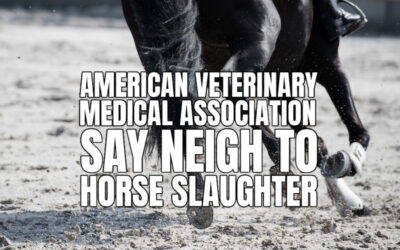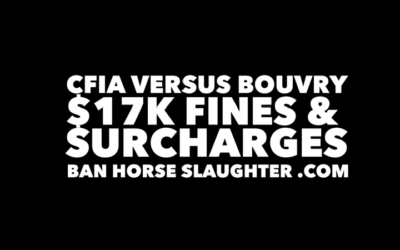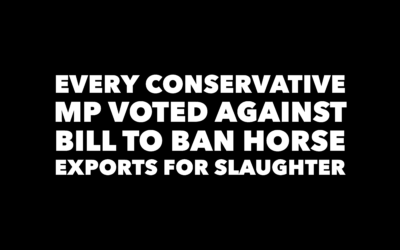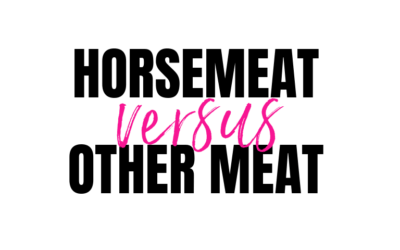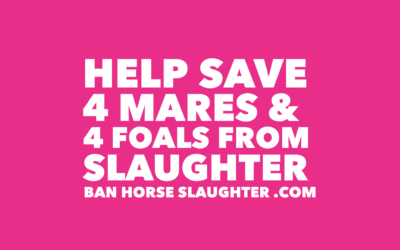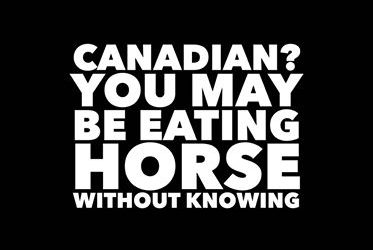IS BILL C-355 DEAD & WHAT'S NEXT?On January 6, 2025, Governor General Mary Simon granted Prime Minister Justin Trudeau’s request to prorogue Parliament until March 24, 2025. Prorouging stops all parliamentary business; members of Parliament are sent home, no...
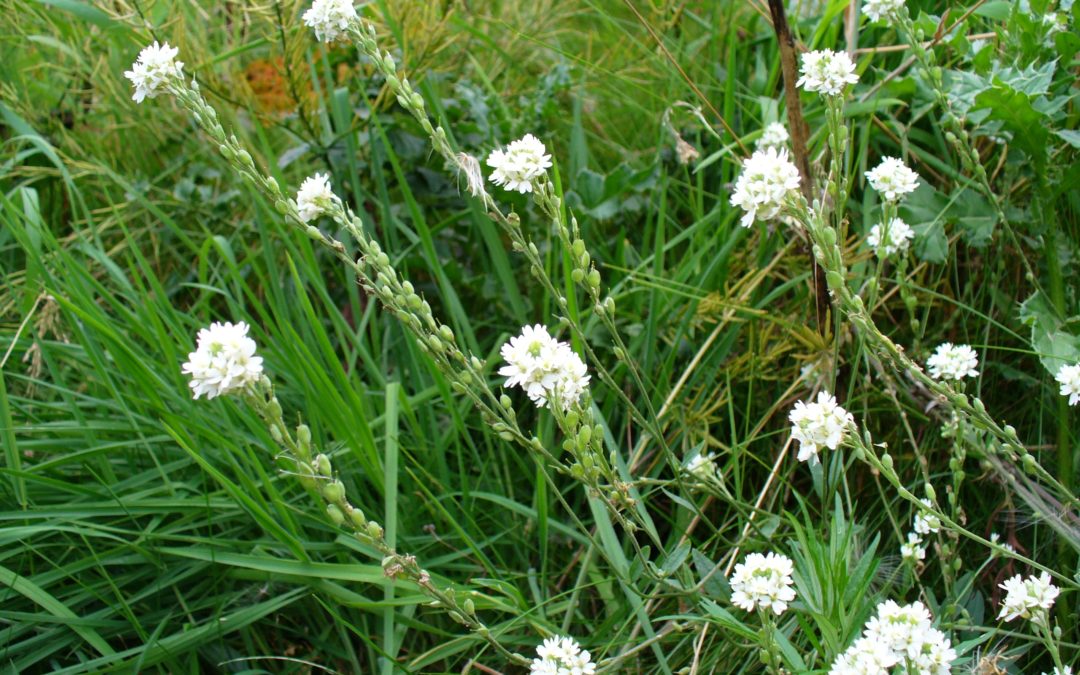
Noxious weed Hoary Alyssum kills horses
Noxious, invasive weed, hoary alyssum KILLS HORSES.
Yes, really.
How do I know? I’ve had personal experience.
Not sure what it looks like? You are not alone.
Many horses don’t find it palatable in the pasture BUT…
When baled in hay, they readily eat it, and it takes precious little to create serious problems.
Don’t believe some of the early studies and test results that state it has to be 20% or more in hay to be dangerous, new research and personal experiences find less than 10% can be deadly.
Learn to recognize it in your pastures and PULL it, double bag it and take it to a landfill (in British Columbia and other provinces of Canada landfills will accept noxious weeds for free.)
Mowing it just makes it come back stronger. The seeds survive burning, and even spraying is not 100% effective.
Give it an inch and it will take many miles.
Thanks to Sheila Wardman I learned it sometimes has a PURPLE TINGE IN HAY. She likely saved my horses’ lives.
Mature plants may have purple stalks when in the field and when dry in hay, but not always. Learn to recognize the seeds in hay too.
Only buy hay for your horses from someone you absolutely trust with their lives.
Your veterinarian may NOT yet know much if anything about hoary alyssum poisoning, symptoms include:
Lower Leg Edema (Swelling)
Lameness
Loss of appetite
Fever
Warm Hooves
Listlessness
Laminitis (founder)
Stiffness Of Joints
Reluctance To Move
A “camped Out” Stance
Abortion In Mares
Increased Digital Pulse
Red-colored Urine
Liver Damage
Kidney Failure
Neurological issues
Death
Live in British Columbia, Canada? You’ve likely seen hoary alyssum and if you’ve been aware of it before this year…
Chances are that you, like me, are appalled at how it has taken over lawns, ditches, fields, public spaces. How it’s grown exponentially year after year.
The regional district I currently live in has 231 public spaces that are completely covered with it, hectares upon hectares. And that’s not counting private properties, ditches and Crown Land.
I’ve watched as a neighbour’s 5 acre property has gone from having a few plants to being completely covered in it. Mowing only makes it stronger.
There are whole communities in B.C. complaining that they don’t have any hay available for horses that is not “infected” with hoary alyssum.
And it’s not just in B.C. It’s in North east and west Washington State, Oregon, Minnesota, Idaho, Colorado, Alberta, Manitoba, Saskatchewan, Ontario, Quebec, New Brunswick, Nova Scotia, Michigan, and more.
Washington Lawmaker Warns Of Noxious Weed After Death Of ‘One-In-A-Million’ Horse
https://www.nwnewsnetwork.org/…/washington-lawmaker-warns-n…
“They found her down by a creek on some leased pasture land.
“She was standing on all fours, but very uncomfortable lifting her back feet up and down,” Kretz said.
She then collapsed and they had to haul her to dry ground.
“Right away you’re running through a million things in your mind, what could it be, what could she have gotten into,” Kretz said. “Is it a disease? is it poison?”
The conclusion was it was hoary alyssum.
Kretz nursed Ellie for several weeks and watched as the toxins took a toll on her hooves. She started to slough them — something Kretz said was one of the worst things he’s ever witnessed.
“I never want to see it again,” he said. “I wouldn’t wish that on anybody.”
Finally, he decided to euthanize her.”
HELPFUL PICTURES HERE:
https://bcinvasives.ca/…/iden…/invasive-plants/hoary-alyssum


T-SHIRTS IN SUPPORT OF HORSE RESCUE FUND
LIMITED TIME OFFER FREE SHIPPING CANADA & USA
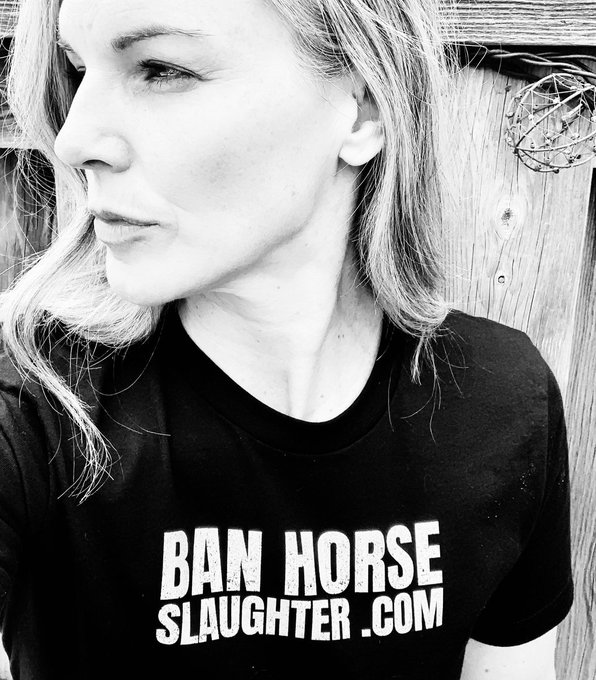
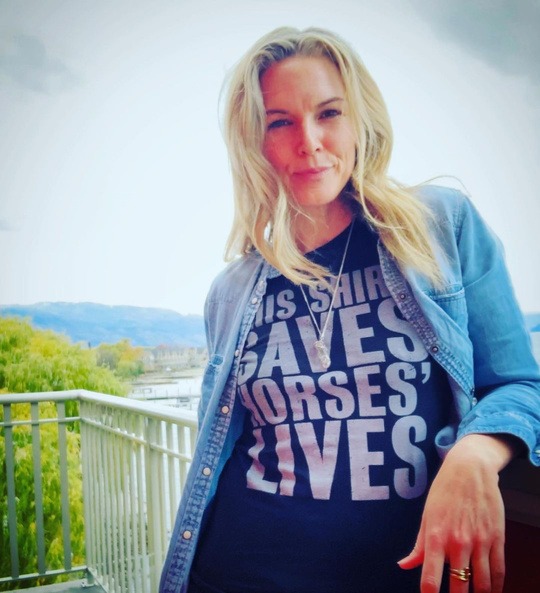
AG MINISTER CAN END LIVE EXPORT
SHOW HORSES SHIPPED TO JAPAN FOR SLAUGHTER
First published August 31, 2022 - UPDATED December 14, 2024. Have you ever wondered who is behind exporting horses from Canada to Japan for the purpose of slaughter for human consumption?According to an article from Ontario Farmer magazine titled: HORSES STILL HEAD TO...
PUBLIC HEALTH RISKS OF HORSEMEAT
AMERICAN VETERINARY MEDICAL ASSOCIATION Quotes are taken from a review published January 26, 2023, titled A review of horses sent to slaughter for human consumption: impact of horsemeat consumption, residual banned drugs, and public health risks...the exportation of...
BOUVRY FINED
JANUARY 6, 2025 BOUVRY FINED A "guilty plea of sorts" today for Bouvry. Instead of going through with scheduled court dates, Bouvry will pay... $17,000.00 in fines and surcharges. Plus a small fortune they would’ve likely dished out for Calgary counsel. January 6,...
CONSERVATIVES IN FAVOUR OF HORSE SLAUGHTER
SOCIAL MEDIA WRONGLY BLAMING PM TRUDEAU Recently on social media, we’ve noticed some advocates blaming Prime Minister Trudeau for the ongoing export of horses from Canada to Japan and other markets for the purpose of slaughter. We are thankful that Prime Minister...
HORSE MEAT VERSUS BEEF
WHAT'S THE DIFFERENCE BETWEEN EATING HORSE MEAT VERSUS CHICKEN, PORK, LAMB OR BEEF?That is a fair question and one that those of us dedicated to ending the slaughter of horses in Canada and beyond, for human consumption, are frequently asked. Let's start by saying...
URGENT: HELP SAVE 8 HORSES FROM SLAUGHTER
JAN. 18/25 UPDATE: THANKS TO YOUR HELP 16 HORSES ARE SAFE (2 NOW IN PERMANENT HOMES) BUT WITH YOUR HELP WE HAVE ROOM TO SAVE 4 MORE. BOUVRY IS SLAUGHTERING HORSESFirst, let's start with the fact that the Bouvry slaughter plant in Alberta is STILL slaughtering horses....
VIDEO: LEAH TAYLOR ROY
STANDING COMMITTEE ON AGRICULTURE AND AGRI-FOODLiberal MP Leah Taylor Roy is a driving force behind Bill C-355. We love how she made use of the short time given her to set the record straight as to how pet, show, sport and race horses are shipped by air versus the...
YOU MAY BE EATING HORSE MEAT WITHOUT KNOWING
This blog post is worthy of a re-post. You may also be interested in Happy Canada (Slaughters Horses) Day as well.Why aren't Canadian food inspectors surprised there's horse meat in YOUR sausages? Beware, summer BBQ-ers: there could be horse meat in your pork...
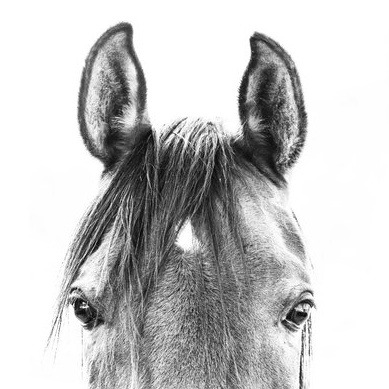
JOIN THE CAUSE. SUBSCRIBE TO OUR MAILING LIST.
You have Successfully Subscribed!
DEMAND AG MINISTER IMPLEMENT A REGULATORY AMENDMENT...
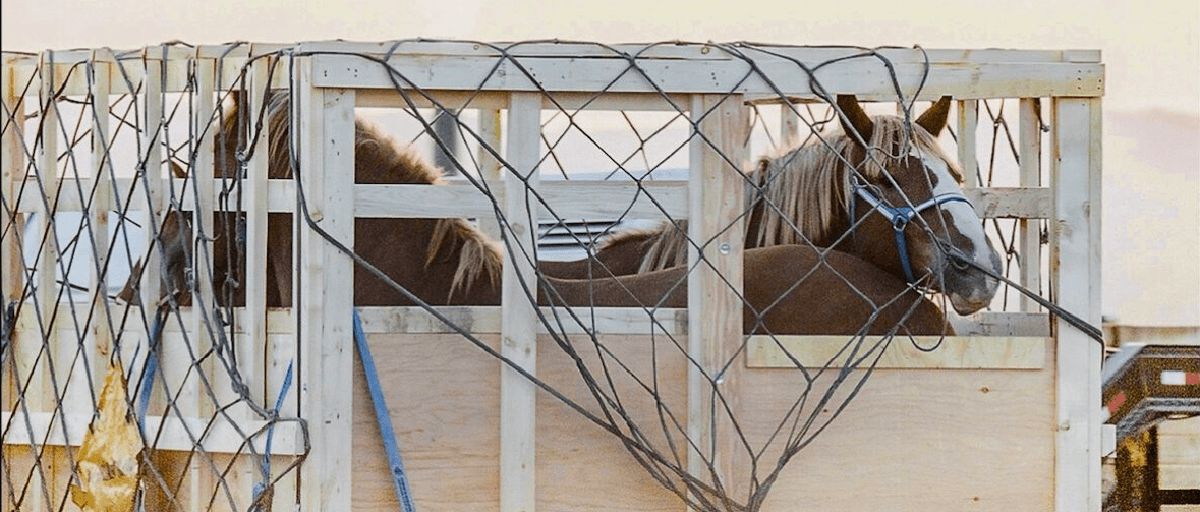
The Honourable Lawrence MacAulay, the current Minister of Agriculture and Agri-Food, has the power to end the inhumane export of horses by air for slaughter by enacting a regulatory amendment.
Help spread the word by sharing this email campaign with friends and family! You can also support the cause by donating—your contribution will help fund advertising efforts to raise awareness and push for change. Every action makes a difference!



